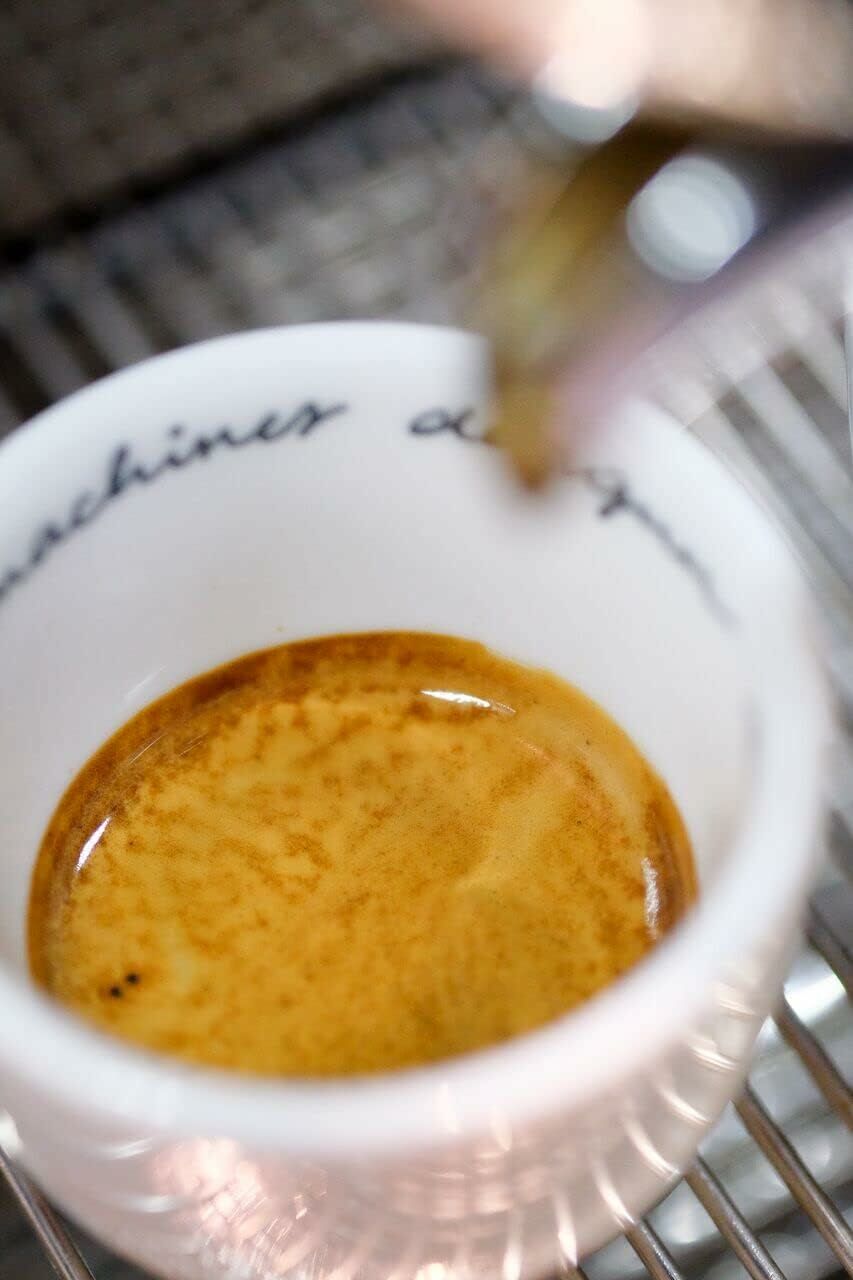How to Make Quality Espresso?

How to Make Quality Espresso?
A Detailed Guide for Espresso Lovers
Espresso is one of the most sophisticated and rich flavors in the world of coffee. However, obtaining quality espresso requires knowing the right techniques and equipment. Here are the tricks of preparing quality espresso step by step:
1. Fresh Bean Selection
The most important step for a quality espresso is to choose fresh, high-quality coffee beans. The origin of the coffee beans has a big impact on the flavor profile. For a quality espresso, Arabica or Robusta beans are usually preferred, which offer more intense and rich flavors. Pay attention to the roasting date of the beans; freshly roasted beans offer the best flavor.
2. Correct Grinding Setting
The ideal coffee grind setting for quality espresso should be fine but not powdery. The grind size directly affects the time it takes for water to pass through the coffee. Coffee that is ground too finely can cause the water to flow too slowly and create a bitter taste. Coffee that is ground too coarsely can cause the water to flow too quickly and produce watery, insufficient coffee. It is important to find balance when setting the grind size.
3. Correct Quantity and Distribution
The amount of coffee used to prepare quality espresso is usually 18-20 grams. The coffee should be distributed evenly and homogeneously in the portafilter. To do this, after gently pouring the coffee into the portafilter, make sure the surface is flat. A homogeneous distribution ensures that the water passes through everywhere equally.
4. Balanced Compression (Tamping)
After the coffee beans are added to the portafilter, tamping occurs. This controls the rate at which water passes through the coffee. When tamping, apply pressure of around 20-30 pounds (9-13 kg). Make sure the surface is flat and smooth; this will ensure even distribution of water and help you achieve a balanced extraction.
5. Correct Water Temperature and Pressure
The temperature of the water in the espresso machine should be between 90-95°C. Water that is too hot can burn the coffee and create bitter tastes. Also, the ideal pressure for espresso is around 9 bar. The right temperature and pressure bring out the best qualities in the coffee.
6. Shooting Time
An ideal espresso shot takes between 25-30 seconds. This time ensures that the coffee has a rich and intense aroma. Shorter times can cause incomplete extraction; longer times can cause over-extraction and a bitter taste. Adjust your machine and grind setting accordingly.
7. Cream Layer
A quality espresso is identified by a thin, golden layer of crema on top. Crema is an indication that the coffee has been extracted correctly. A thin layer of crema locks in the coffee's aroma and enhances the taste experience.
8. Service
Espresso should be served immediately after it is freshly brewed. The aroma and flavor of coffee can deteriorate quickly over time. Serving it in a small, pre-warmed cup keeps the espresso at the ideal temperature and delivers its best flavor.
Conclusion:
Preparing quality espresso requires attention and care. Choosing fresh beans, the right grinding setting, balanced compression and the ideal extraction time are the keys to obtaining a perfect espresso. When you follow these steps carefully, you can prepare espressos that will compete with the best coffee shops even at home. Enjoy!





